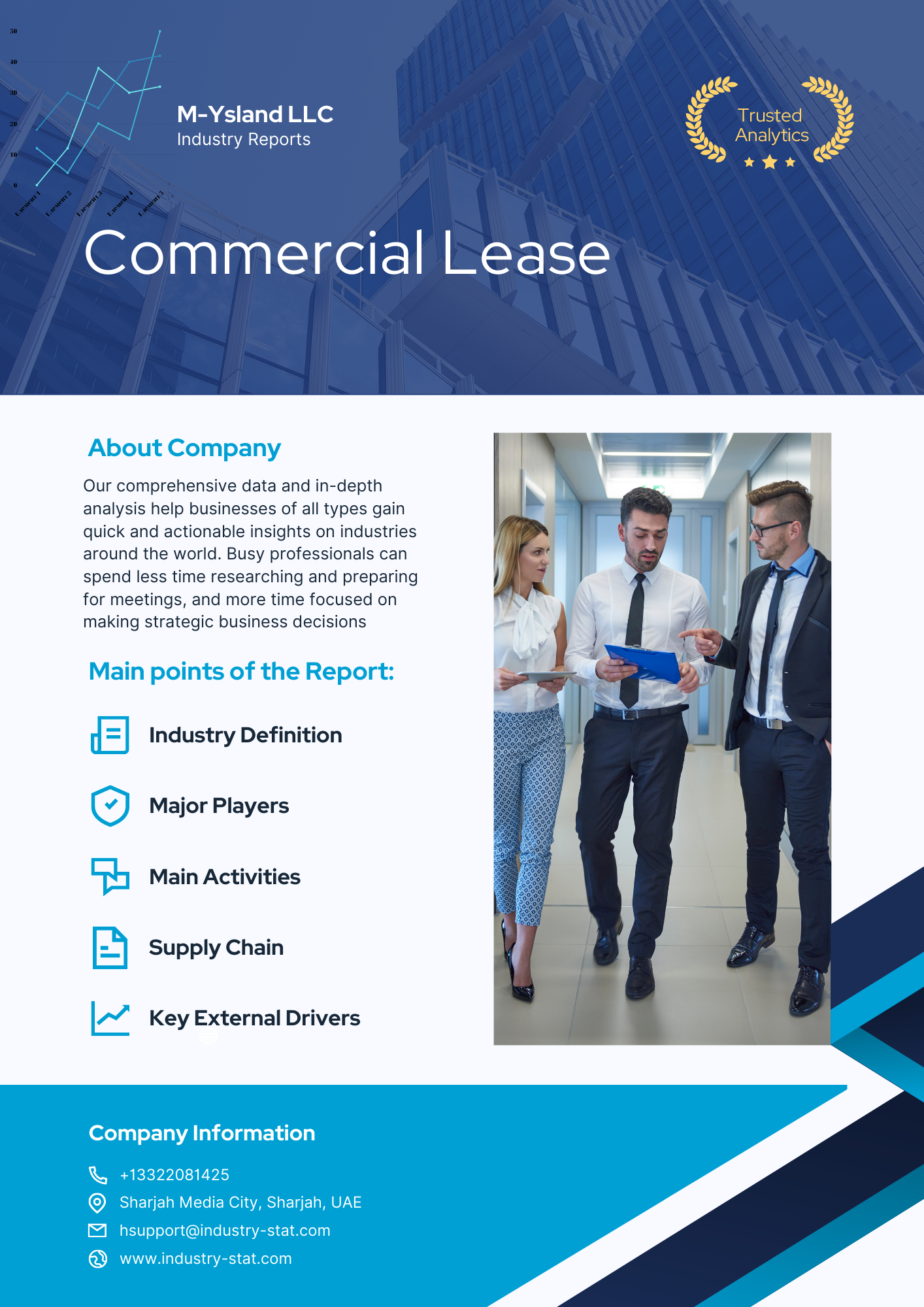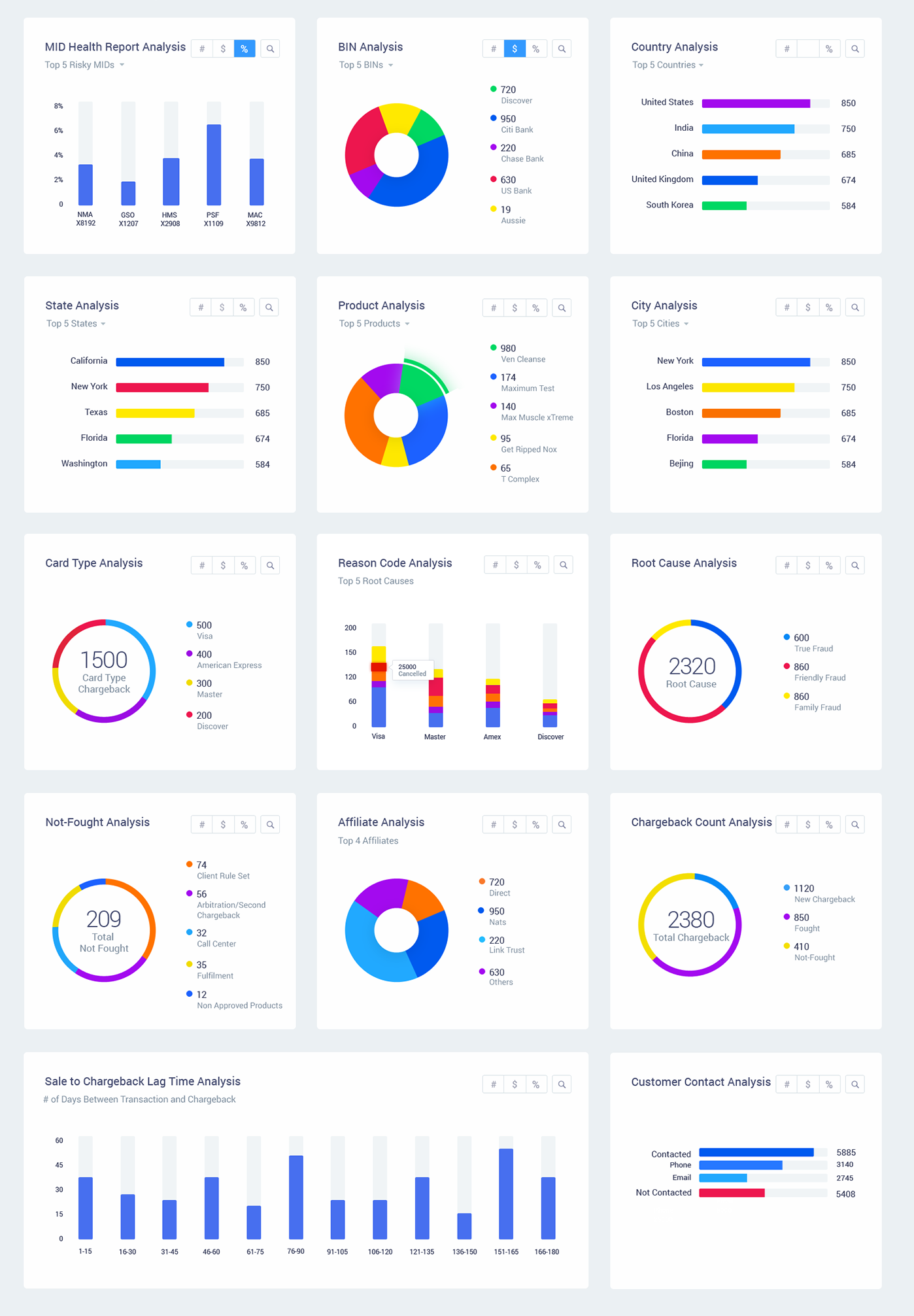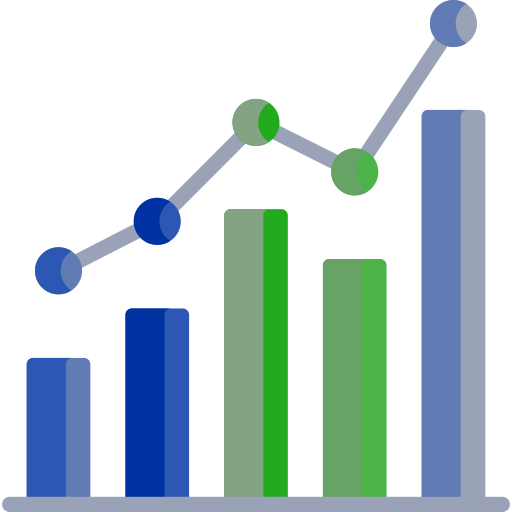

Each report includes:
industry revenue;
industry profit;
industry margin;
industry employment;
industry major players;
industry key external drivers;
industry product & structure segmentation;
industry key trends;
industry Life Cycle;
industry Geographic Breakdown;
industry Key Success Factors;
industry Key statistics for previous years;
forecast of industry Key statistics for the next 5 years;
Collapsible content
Reference Wordlist
Colloquial Terminology
Details
We offer a wide range of reports at an affordable price and make it easy for customers to choose between packages that are tailored to their needs.
Get a comprehensive insight of the US market with these reports.
-

In-depth information on different industries and sectors, such as retail, education, and healthcare.
-

Explore opportunities to enter the US markets with these in-depth reports. Learn more about the market potential before you invest
-

Gives you insights of all aspects of the United States market, from retail to education to healthcare.

industry-stat.com
Online marketplace for business intelligence and market research reports. We offer a wide range of reports on various industries and countries to satisfy all your business needs.




